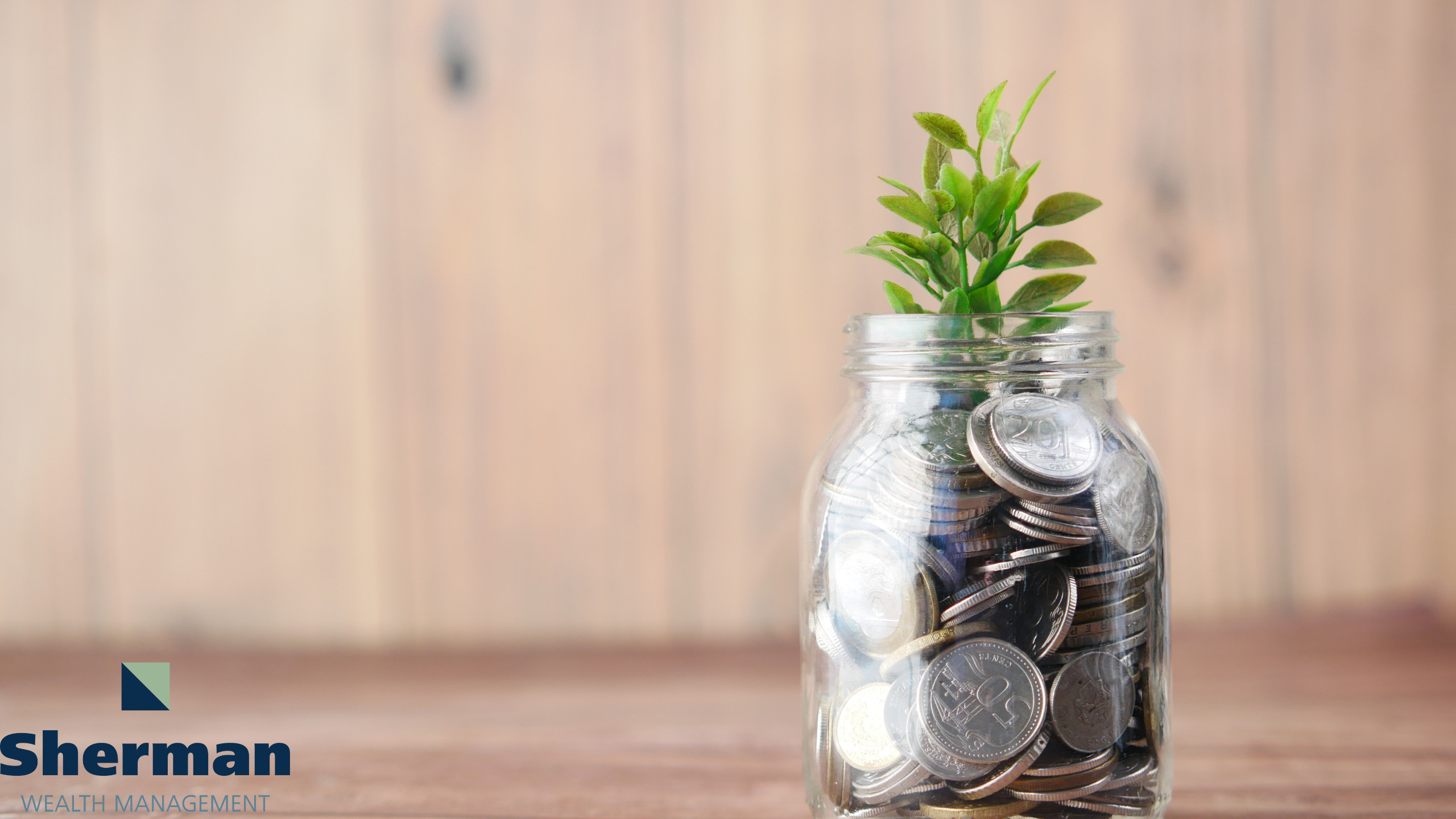Building A Personalized Emergency Fund: No One-Size-Fits-All

We often get asked “How much should I save in my emergency fund?” While there are many schools of thoughts or rules of thumbs that can be found on the internet to answer this question, how much you need to save and how you approach it depends on your personal circumstances. An emergency fund is one of the cornerstones of financial security; however, there’s no universal formula—your financial situation, risk tolerance, and family needs will determine what works best for you. So, let’s dive into some tips to think about when crafting your emergency fund.
A good place to start when establishing your emergency fund goal is assessing your overall financial picture. So, start by calculating your monthly essential expenses—items like rent, utilities, food, insurance, and debt/loan payments. Identifying your monthly fixed costs can help you baseline how much you would need to pay your bills in case of an emergency such as job loss.
A factor that oftentimes differs from individual to individual when discussing an emergency fund is risk tolerance. Your comfort level with financial uncertainty plays a big role
- Low risk
- Moderate risk
- High risk
Consider assessing your risk tolerance with a questionnaire or financial professional to flush out your comfortability level and allocation strategy.
If you have dependents or unique family considerations, adjust your savings target accordingly. A larger emergency fund may be needed for families to cover medical bills, childcare disruptions, or other emergencies. Other items that can fall into your emergency fund can be housing expenses, for example, a leak, roof repair, larger expenses you may not think about on a day to day basis. This is the safety net that ensures you’re prepared for life’s unexpected events—job loss, medical emergencies, or urgent home repairs—without going into debt or derailing your longer-term financial goals.
Remember, be realistic on your savings goal and build your fund over time! Start small and scale up gradually. One example could be to aim to save one month’s worth of expenses first, then increase it over time. Automate savings to make it easier and consistently contribute, even if it’s a small amount.
Next, let’s discuss where to park your emergency fund. Keep your emergency fund in a place that’s accessible but earns interest, especially while higher yield vehicles and savings accounts are still around in this economic environment. High-yield savings accounts or money market accounts are ideal options. For very liquid and emergency dollars, you may want to avoid long-term investments that could lock up your funds if you need quick access.
Your emergency fund needs may change as your life evolves. Reassess your savings every few months or after major life changes. And remember, there’s no one-size-fits-all approach to building an emergency fund. By assessing your income, expenses, risk tolerance, and family needs, you can create a fund that provides peace of mind and financial security for you and your family. Email info@shermanwealth.com or schedule a complimentary intro call here for any questions on assessing your financial picture or strategizing your emergency fund.
